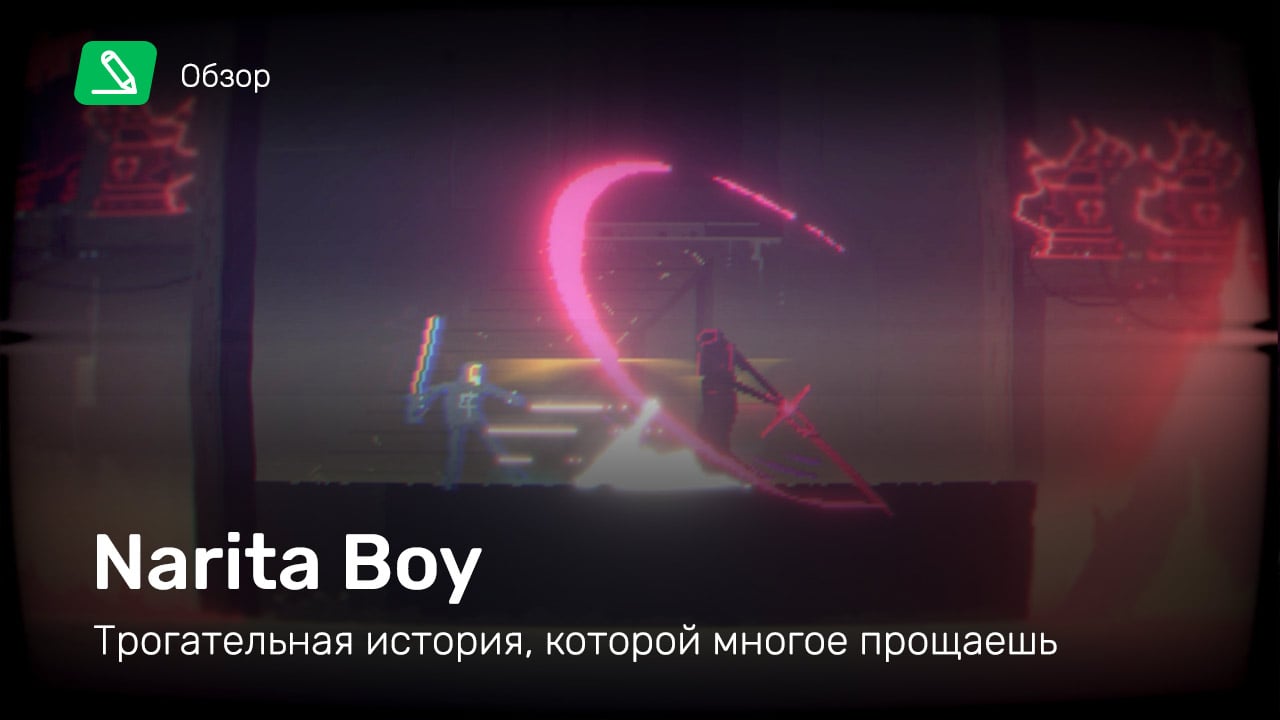

Just moving inch-by-inch precisely during non-fighting bits can be troublesome as Narita’s default movement speed doesn’t allow him to tip-toe to certain parts of the floor. This brings us to a niggling point: Narita Boy’s other controls are hit-and-miss. Standard stuff, but it’s done in a pretty exhilarating way that makes you wish Narita Boy came with a boss rush mode post-completion. From a program that shoots out pixelated blocks at you to a disappearing-and-reappearing white-cloaked ghost giant, defeating them is a clear case of figuring out their patterns. The boss fights are also challenging without being utterly unfair. With more moves like the aforementioned Uppercut and Shoulder Dash, you also get more opportunities to attack enemies from the air, or even avoid attacks altogether and prep for a counterattack. Narita Boy’s sword swipes are fine and combo really well, as well as comes with cancel properties so you can attack and cancel to a dash to dodge oncoming attacks.Īfter much practising and getting the timing down pat, killing off zombies while also comboing your sword strikes to your shotgun/laser charge blasts become intuitive after the first hour or so. I never had any issue with the fighting and combat controls. When it comes to the fighting and basic movement, Narita Boy gets really fun. These range from sword moves like the Uppercut that lets you jump higher than usual, and the Shoulder Dash that destroys barricades that block your way. You also have to do a lot of platforming and also use items and techniques you get to ascend to higher platforms or traverse certain obstacles. You fight a lot of HIM’s enemies ranging from zombies to even shielded foes, as well as annoying bats and programs flying Red Baron-esque fighter planes. How’s the game though? Like I said, the Digital Kingdom and its many coloured Houses are divided into sections -Metroidvania style- each with their own semi open-ended areas for Narita Boy to explore. It can be a bit much if your eyes aren’t trained to endure such saturation and unique lighting. I felt the burn after a couple of hours staring at Narita Boy’s gorgeous-yet-busy filter-laden artwork. Thankfully, you can turn on the soft filters so that the “80s” retro-look is toned down and is less strenuous on the eyes.

This is apparent in later stages where the reds in the colour palette are really strong and there’s a lot of foreground clutter going on. Still, as hypnotic as the world of Narita Boy is, it can get really busy and confusing. The characters from your title swordwielder to even the random chatty-catty NPCs here just look good moving around and remaining in their idle state.

The game’s digital world from deserts to forests are pixel-drawn to loving detail. I’ll say this: Narita Boy’s aesthetics are about as retro and as purposefully murky as you can get.


 0 kommentar(er)
0 kommentar(er)
